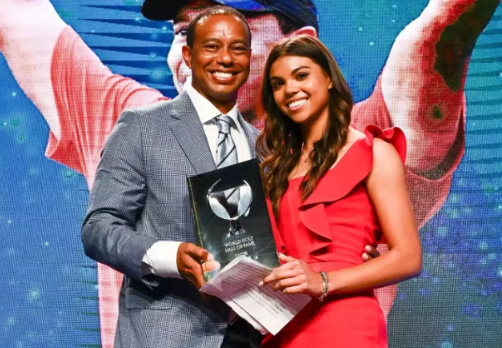The desire to be a credit to one’s race, a sentiment deeply ingrained in the 20th-century African American experience, carried both aspiration and honor. Icons like Joe Louis, hailed as “a credit to his race, the human race,” symbolized racial pride and progress. This legacy extended to Tiger Woods, whose journey is explored in “Tiger Woods: America’s Son,” underscoring the weight Black athletes bear as symbols of racial advancement.
Woods, a reluctant hero for Black America since his groundbreaking 1997 Masters win, diverged from the social and political activism embraced by predecessors like Louis. For many, this departure was a source of pain, as Woods, seen as a beacon of racial pride in golf, chose not to champion racial justice causes as fervently as some had hoped.
As a reporter embedded in both the Black golf community and the PGA Tour during Woods’ career, I grappled with projecting onto him a sense of duty to the race. While celebrating his success, I felt frustration when he didn’t vigorously address instances of racial injustice, such as when a TV announcer made a lynching reference.
Woods’ self-identification as Cablinasian sparked controversy within the Black community, perceived by some as a rejection of their embrace. Personally, I saw it as his right to own his identity, resisting the impulse to draft him into a predefined racial narrative.
Amidst societal unrest, Woods issued a statement addressing George Floyd’s killing, though some wished for a more explicit focus on Black suffering. Reflecting on Woods’ acknowledgments of Black pioneers, like Lee Elder and Charlie Sifford, who paved his PGA Tour path, it’s evident that he recognizes his debt to those who shattered racial barriers.
In a Nike commercial shortly after his historic ’97 Masters win, Woods walked alongside Elder and Sifford, embodying a symbolic passing of the torch. While Woods’ approach to racial issues may differ from his predecessors, the documentary underscores the complex expectations placed upon Black athletes as they navigate their roles as both sports icons and symbols of progress.
